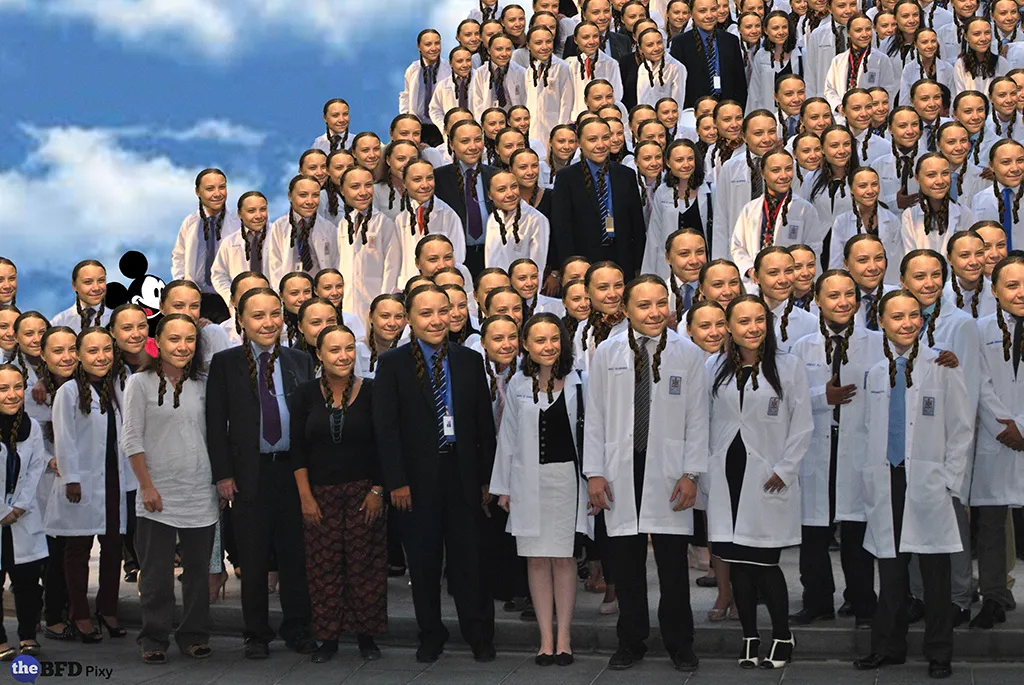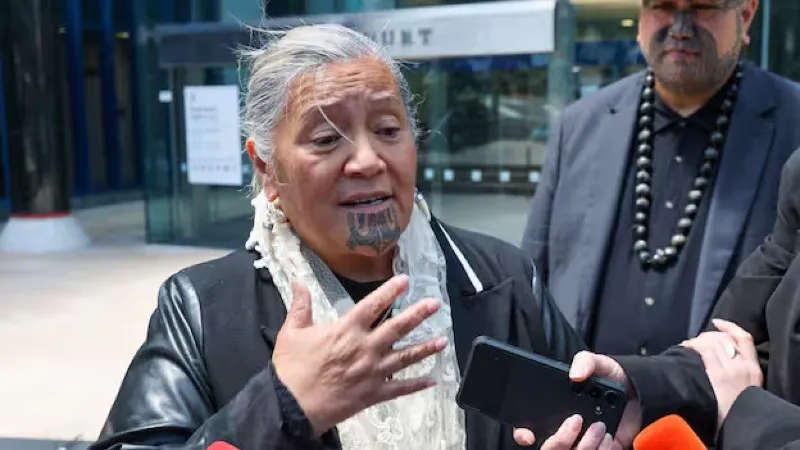Owen Jennings
The Ministry for the Environment’s newly released risk assessment document is useless. It relies on the increasingly discredited RCP8.5 scenario published in 2011 by the UN Intergovernmental Panel on Climate Change (IPCC).
Despite stating:
“In climate research and modelling, we should recognise that we are dealing with a coupled, nonlinear, chaotic system, and therefore that the long-term prediction of future climate states is not possible,” the IPCC created four possible scenarios (the so-called Representative Concentration Pathways – RCP’s) for where temperatures might go in 80 years time. (See the diagram below).
They openly declared the higher and lower options were “highly unlikely”. Ten years on we know just how “unlikely” they are. The high or worst case is now totally implausible and beyond credibility.
Here is why.
RCP8.5 involves some very dubious assumptions:
- Coal use up by 650%. It is now falling – it dropped 8% in the last 12 months.
- No new mitigation technology. That is absurd considering the regular breakthroughs we experience on a number of energy-saving fronts.
- The World population to hit 12 billion. It is not even going to hit 11 billion.
- No mitigation measures undertaken. Many countries are well into mitigation strategies and more are planned.

Line graph showing various possible outcomes for future fossil-fuel emissions to the year 2100
Most scientists and astute observers have moved on, declaring this RCP 8.5 scenario no longer relevant – worse, it is misleading and dangerous misuse of data.
So it is fair to ask why a group of New Zealand advisers insist on using this debunked scenario as a basis for risk assessment.
Under the Climate Change Response (Zero Carbon) Amendment Act the government is required to produce a risk assessment report and it did so last week. Arotakenga Huringa Ahuarangi – a framework for the national climate change risk assessment for Aotearoa New Zealand.
Page 32 of the report said,
“The two RCP projections selected for the overall risk assessment, with the median (50-percentile) projections of mean annual temperature rise relative to a 1986–2005 baseline (Ministry for the Environment, 2018; tables 5 and 6, pp 38–39), are:
• RCP 4.5 – with a range of mean annual temperature projected across Aotearoa New Zealand of 0.7–0.9 degrees Celsius by 2031–2050 and 1.3–1.4 degrees Celsius by 2081–2100
• RCP 8.5 – with a range of mean annual temperature projected across Aotearoa New Zealand of 0.9–1.1 degrees Celsius by 2031–2050 and 2.8–3.1 degrees Celsius by 2081–2100.
For the initial risk screening stage (Stage 1, chapter B2), only the higher RCP 8.5 projection is needed, because the purpose of the screening is to compare and determine the major climate related risks to analyse during the detailed risk assessment. It also reduces the effort required and enables a wider breadth of impacts to be appraised and compared, under a single high scenario of continuing global emissions at the present rate.
A report given a nice Maori name and a pretty picture but using a basis that is totally misleading.
In response to a question of why the scenario was used a spokesperson wrote, “RCP8.5 is not being used as the basis for risk management proposals. It was used to assess risks in order to determine the severity of their possible consequences. Using RCP8.5 makes sense when conducting a risk assessment”. If you can follow that you would be eligible for a job as an interpreter of President Trump’s tweets or Joe Biden’s speeches.
Nature magazine, a strong supporter of climate change, said RCP8.5 was being “wrongly used as a business as usual scenario”.
Senior IPCC author Professor D P van Vuuren, of Utrecht University, Netherlands said:
“RCP8.5 was never meant to be a business-as-usual scenario, but as a high-end scenario, consistent with the highest emissions scenarios in the scientific literature.
“Clearly, RCP8.5 is possible no-climate policy world. But it is surely not the only one, and in terms of the level of GHG emissions, it is not the most likely. One can only get that high by a combination of factors, e.g. high population growth and a lot of coal use (as in the original RCP8.5 scenario)”.
New Zealand’s Professor David Frame, an enthusiast for dangerous man-made global warming said, “no credible scientist would consider RCP8.5”.
A risk assessment, by its very nature, needs to look at a range of scenarios. However, a reasoned analysis shows that RCP8.5 is now beyond anything deemed reasonable or plausible. Our lives, our economy, our communities are going to be heavily impacted by decisions that will follow the recommendations in the Risk Assessment and subsequent assessments should they continue to include the use of RCP8.5. Regional Councils will be required to impose draconian and economically damaging regulations all because we are reliant on a fairytale assessment.
Why is this option even considered let alone used as the basis for a report? The expert panel must have weighed up the merits or otherwise of fixating on a disreputable anchor point.
Is it because the world of climate change suffers from groupthink and has woven an enormous intricate fable around a few computer predictions that grow embarrassingly more faulty by the year? Has the science fraternity unthinkingly developed a vast web of tissue-thin claims, having an ounce of fact and a pound of fallacy? Have reason and logic been jettisoned in favour of 15-year-olds shrieking doom in 12 years time?
A vast industry has been created around fear – on one hand, fear of climate disasters and no future and on the other fear of excommunication. Gaia must be appeased and to not keep the faith by speaking out is a recipe for losing one’s career, reputation and savings. Just ask Peter Ridd.
The perceptive saying “follow the money” is sadly part of the deal. The vast climate change industry is underpinned by massive grants to individuals, universities, agencies, consultants and assorted hirelings. Too many are hopelessly addicted and cannot be weaned from this fruitful teat.
Green groups need the hobgoblin to survive. Their disciples have infiltrated the education system, the environmental departments and the media while voices of reason are left isolated on the sideline. Many state servants are hopelessly compromised with conflicts of interest, belonging to and actively supporting green lobby groups.
Common sense is ignored. No major media source will call out the naked king walking through the streets. The collective conscience is well and truly seared.
A risk assessment? The only risk is that the Government will take it seriously and act on it. Regrettably that is most likely as this Government only selects the science that suits its bias. Meanwhile we will all pay for extremism and fear mongering.
If you enjoyed this article please share it.









